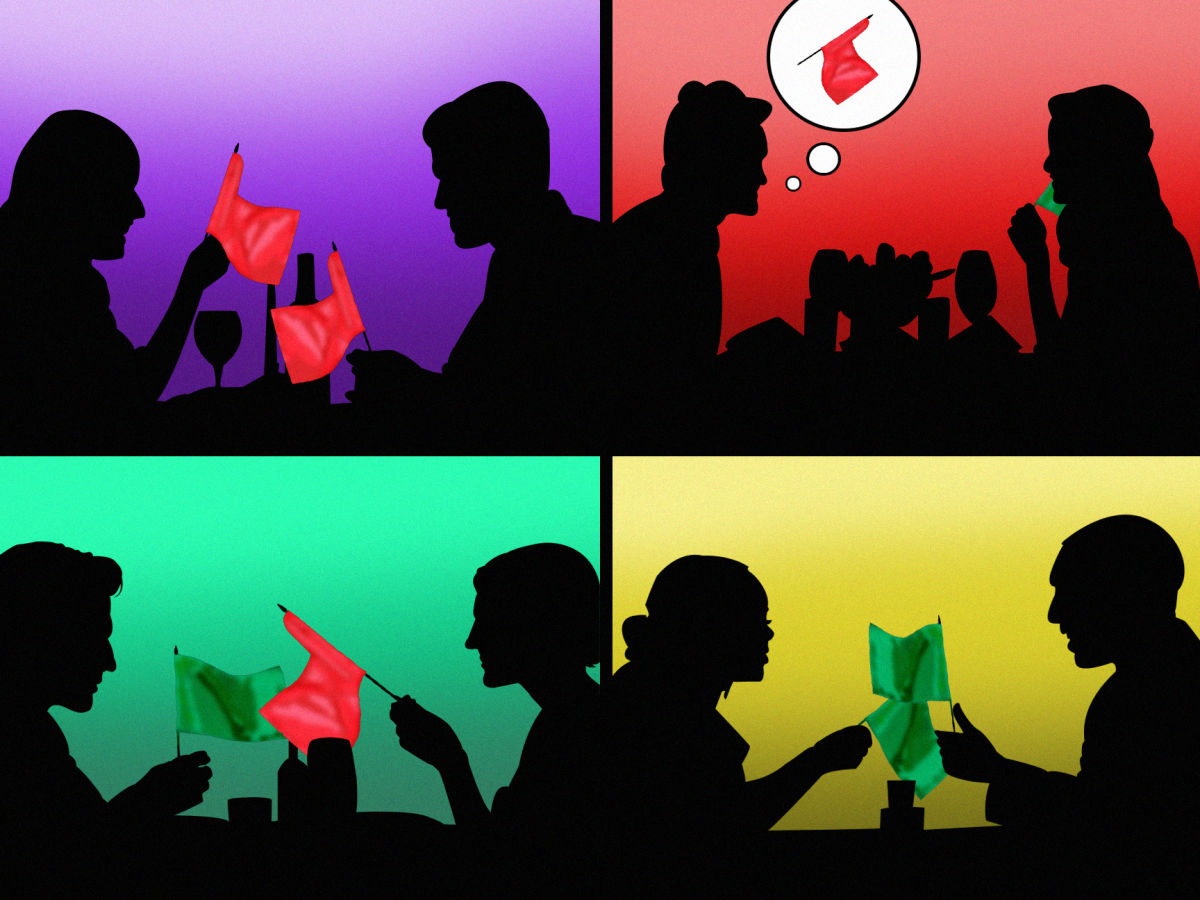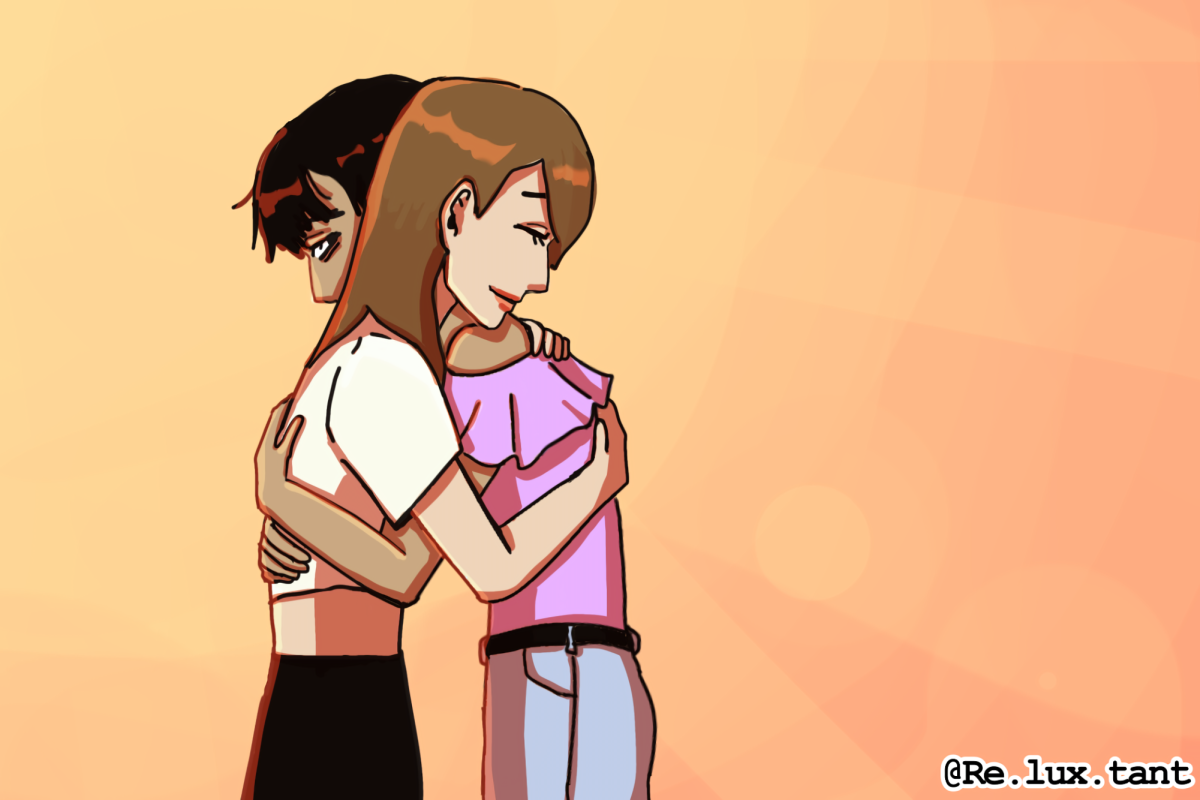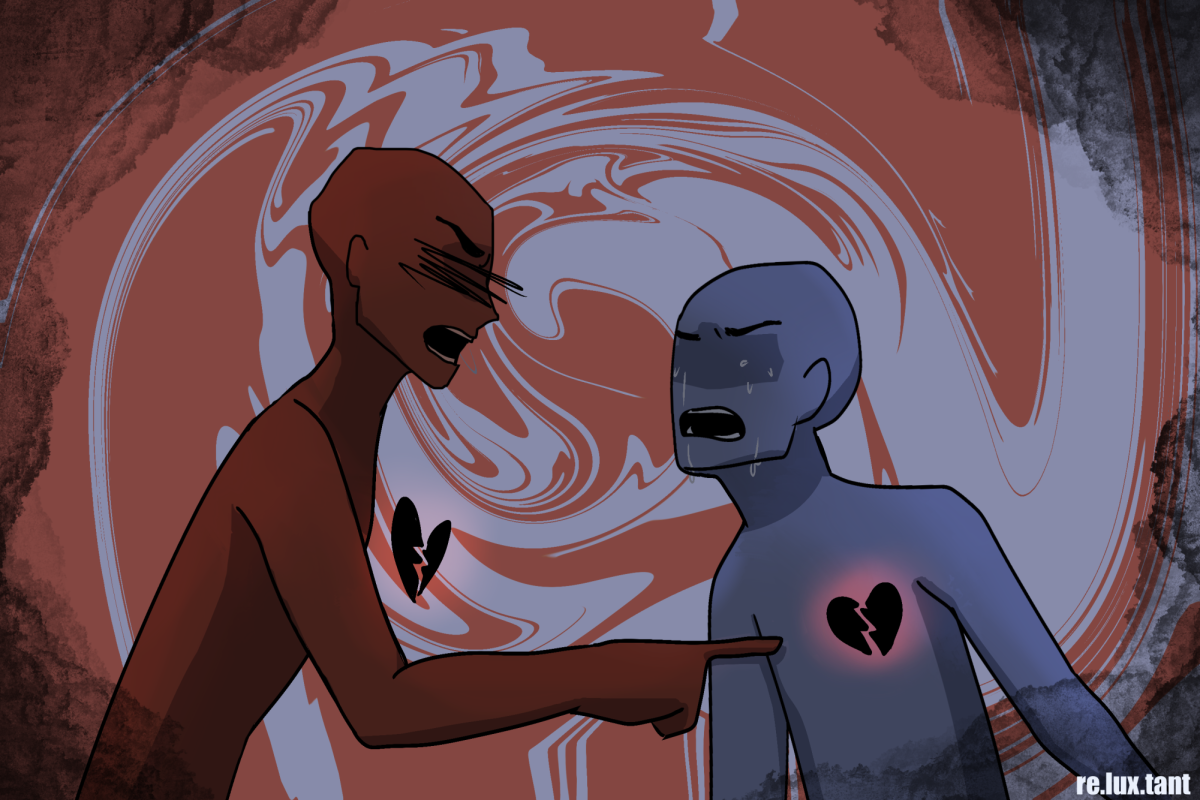Dating at the University is like trying to find an open table at the Grainger Engineering Library during finals week — sometimes you get lucky. Still, usually, you find yourself awkwardly circling, wondering if it’s even worth the effort. Between casual situationships that fizzle out and the slow shift towards serious connections as students grow older, dating here is anything but simple.
One can’t help but wonder: Is this just the natural progression of college life, or has today’s fast-paced, always-connected culture shifted how people define and pursue relationships?
How does it happen?
When starting a relationship, mutual friends often play a central role. Reagan Boeder, junior in Media, said many of the relationships she’s seen — including her own — have sparked from introductions through shared social circles.
“I think that most people are meeting someone to date through mutual friends,” Boeder said. “That’s how I met my boyfriend and how my friends have met their partners as well.”
Get The Daily Illini in your inbox!
Mutual friends aren’t the only way students connect, though. Many students turn to nightlife and social events to meet romantic partners, according to Maggie Connell, junior in Business.
“I feel like most people meet at the bars and parties through friends of friends,” Connell said. “There are definitely challenges with alcohol being involved, as sometimes people can get the wrong message across when it comes to being intoxicated.”
Connell acknowledged that bars and parties can create opportunities and challenges for meeting people, but Boeder said the appeal of these settings starts to fade as students progress through college.
“Meeting people at the bar or a party is something I’ve seen hugely decrease as we’ve gotten older,” Boeder said. “Freshman year, everyone went out to meet people, but now it seems like we’re going out more to just hang out with our friends.”
Intentions: Casual or serious?
Relationships at the University often lack clear labels, and casual situationships dominate the dating scene. Defined as “a romantic relationship between two people who do not yet consider themselves a couple but who have more than a friendship,” situationships offer flexibility but often lead to hurt feelings and confusion.
“People don’t commit to a dating relationship as much anymore,” Connell said. “They just kind of hang out for a while until one person gets fed up.”
Connell believes this lack of commitment stems from the fleeting nature of college life. With major life changes on the horizon, many students hesitate to settle into long-term commitments.
Boeder added that while casual relationships are prevalent, not all students stick to that dynamic. Some students are open to pursuing serious relationships, especially as they approach graduation.
“I think it’s a mix of both casual and serious,” Boeder said. “You can definitely find both on campus, but motivations vary. Academic stress and uncertainty about our futures definitely play into that.”
Finding love in the age of technology
Dating apps like Tinder and Hinge are everywhere, offering students an easy way to connect — but they come with their own challenges. Connell argues these apps, and social media as a whole, might complicate rather than simplify the process.
“It’s not as much in-person interaction, more so texting or Snapchatting,” Connell said. “Having online relationships isn’t typically sustainable, and most fizzle out or end badly due to the lack of in-person interaction.”
This trend mirrors a broader shift in how people connect. A 2019 Stanford study that drew on national survey data found that the portion of couples meeting online increased from just 2% in 1995 to 39% in 2017, becoming the most common way heterosexual relationships begin and surpassing introductions through friends, work or social settings like bars and parties.
Having meaningful, in-person interactions with a dating partner can make all the difference, according to Connell, who said it’s been a crucial factor in her current relationship.
“We both valued the in-person time together with our busy schedules,” Connell said. “We would go to dinner, coffee or some sort of actionable date that made getting to know him much easier and more fun.”
Boeder pointed out another challenge of dating in the age of technology: Constant communication through social media can create unrealistic expectations.
“We now have 24/7 access to people, and I think it can make dating more toxic,” Boeder said.
Safety is also a concern when using social media and dating apps to meet new people. According to Boeder, meeting someone in person after connecting online can be risky, especially when you don’t know much about them beyond a few texts.
“I’ve heard of some pretty scary first dates that my friends have been on,” Boeder said. “It’s just a reminder that you don’t know someone because you’ve been texting for a couple of days.”
Advice for the modern dater
Navigating the dating culture at the University requires patience, according to Connell. Not everyone is looking for the same thing, she explained, and it’s important to recognize that early on.
“Don’t think that everyone you meet is on the same wavelength as you and will want a relationship,” Connell said. “Most people, when they get to college, just want to mess around and meet as many people as they can.”
Boeder suggested looking for connections through shared interests or trusting friends for introductions.
“Meeting people with similar hobbies is awesome,” Boeder said. “And if your friends want to set you up with someone, I say go for it. Even if it doesn’t work out, it’s worth a shot.”
No matter how challenging the process may feel, Connell reminded those in the dating scene to remain patient and optimistic.
“This is a huge school, so if it feels like you’re just having bad luck with meeting the right partners, keep moving on to the next, and you’ll find the right one with time,” Connell said.







